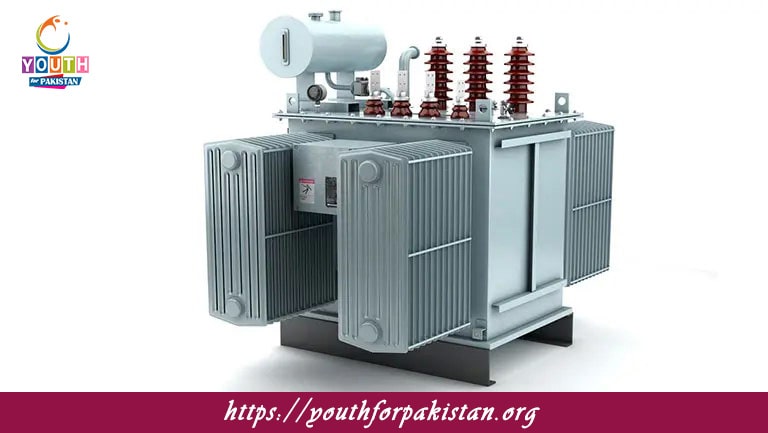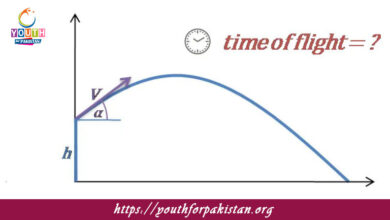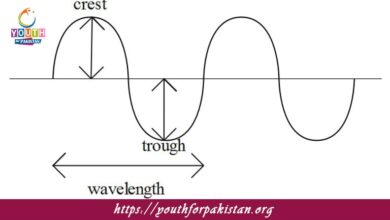Transformers MDCAT Quiz with Answers

Transformers MDCAT Quiz is an electrical device used in changing the voltage of alternating current (AC) in a circuit by electromagnetic induction. It works on the principle of Faraday’s Law of Induction and has two coils: a primary coil and a secondary coil. When an AC voltage is applied across the primary coil, a changing magnetic flux is created, inducing a voltage in the secondary coil. The voltage ratio between the primary and secondary coils is determined by the ratio of the number of turns in each coil, given by the equation V sV p= N sN p, where V p and V s are the voltages in the primary and secondary coils, and N p and N s are the number of turns in the coils. For MDCAT students, understanding the working of transformers is essential for solving problems related to power transmission, energy efficiency, and the relationship between current and voltage in AC circuits.
Test Your Knowledge with an MDCAT Quiz
Take an MDCAT Quiz on Transformers to reinforce your understanding of the transformation of voltage and current in AC circuits. The quizzes will help you on topics like computing voltage and current in the secondary coil, the efficiency of transformers, and transformers as a part of power systems. Regular exercise will ensure that you are better prepared to solve transformer-related questions in the MDCAT exam.
- Test Name: Transformers MDCAT Quiz
- Type: Quiz Test
- Total Questions: 30
- Total Marks: 30
- Time: 30 minutes
Note: Answer of the questions will change randomly each time you start the test, once you are finished, click the View Results button.
Free Flashcards for Efficient Revision
These free Flashcards on Transformers allow rapid access to important concepts like the relation between voltage and current in the primary and secondary coils, the construction of transformers, and the role of transformers in the power grid. Flashcards are particularly useful for last-minute revision before an exam or to quickly remember essential formulas and concepts during your preparation for the MDCAT.

In a transformer, the number of turns in the secondary coil is directly proportional to:
The voltage in the secondary coil

The ratio of the number of turns in the primary coil to the number of turns in the secondary coil is called:
Turns ratio

The induced emf in the secondary coil of a transformer is proportional to:
The rate of change of magnetic flux
Experience the real exam environment with our expertly designed collection of over 25,000 MCQs MDCAT Mock Tests.





